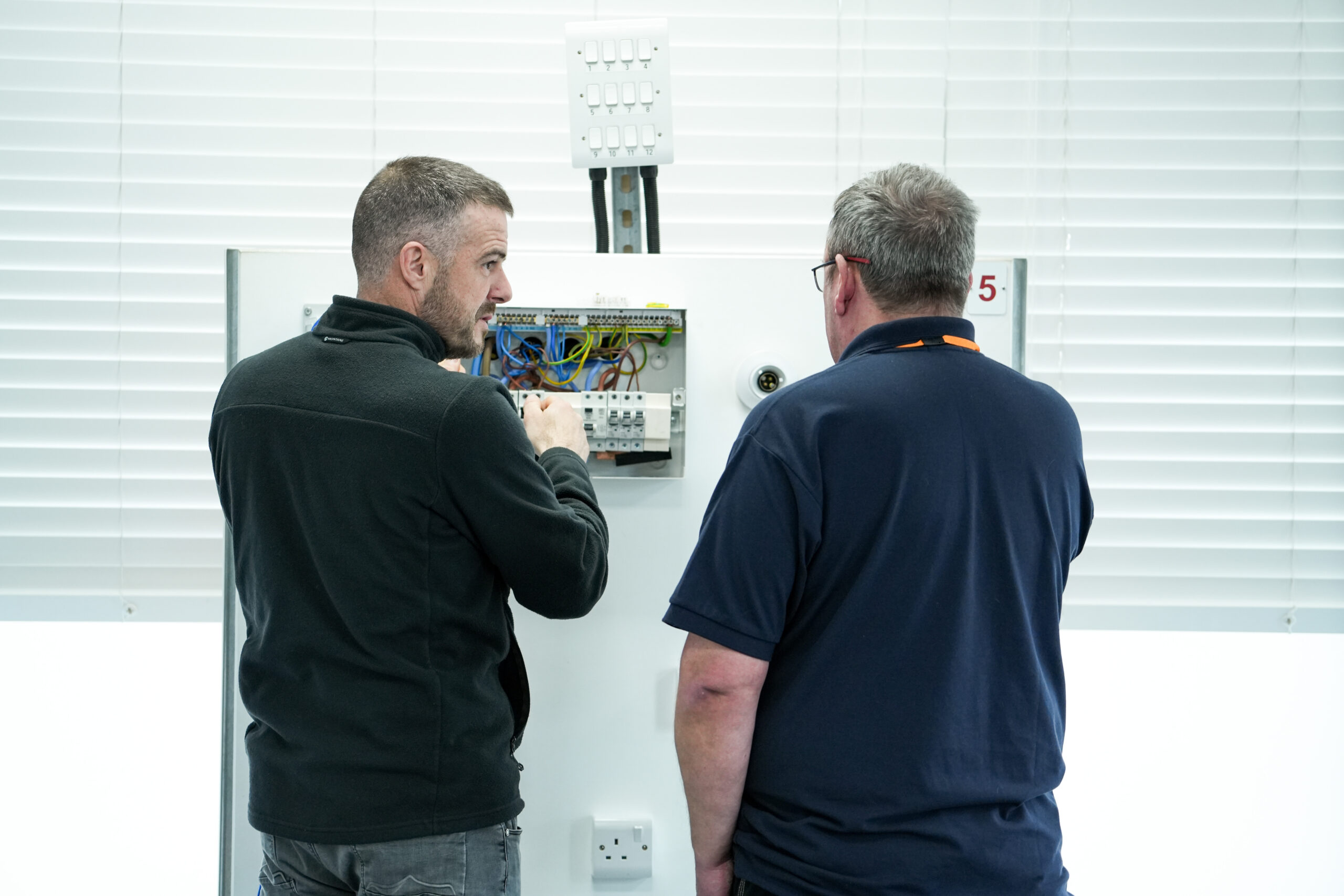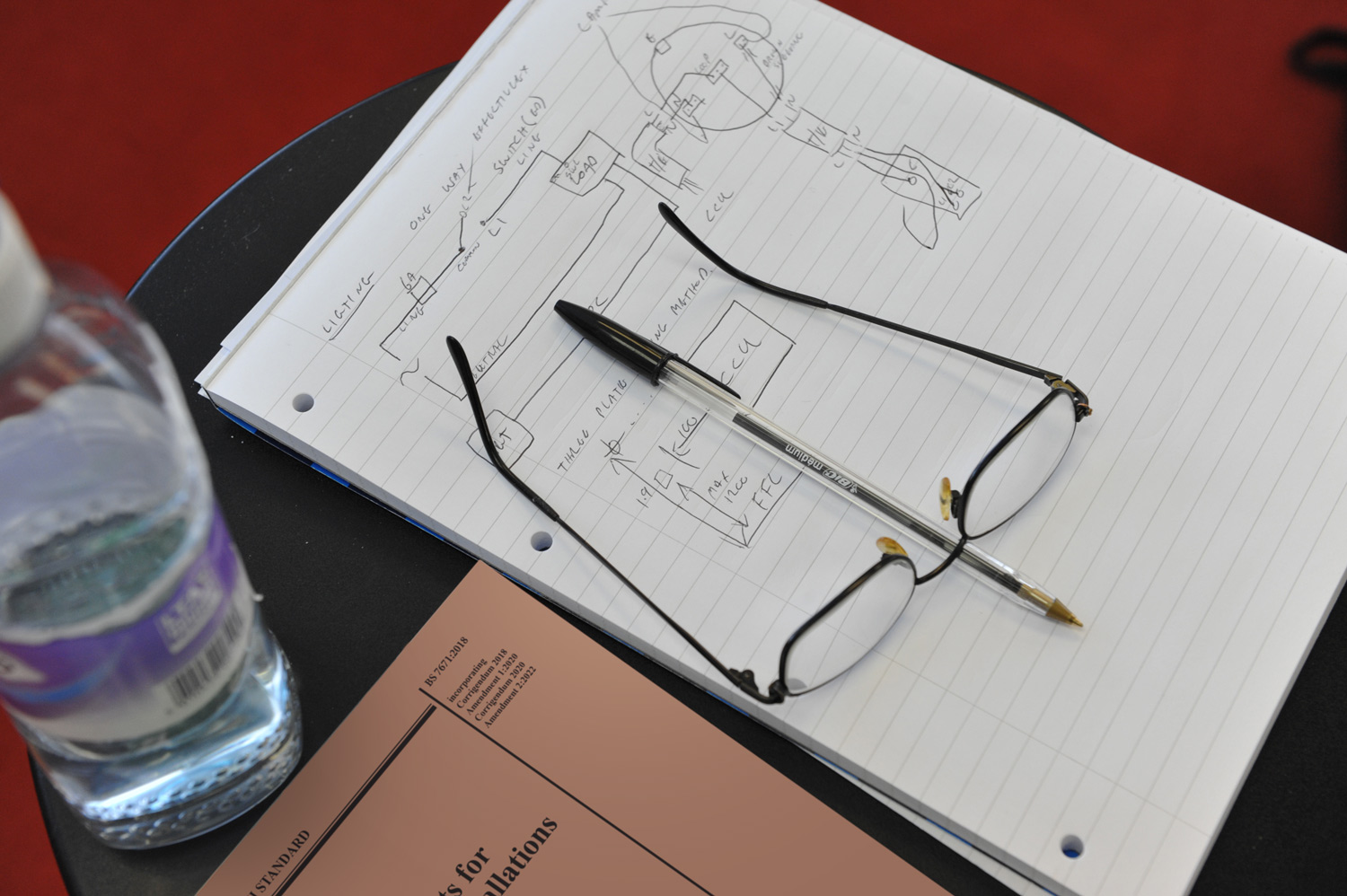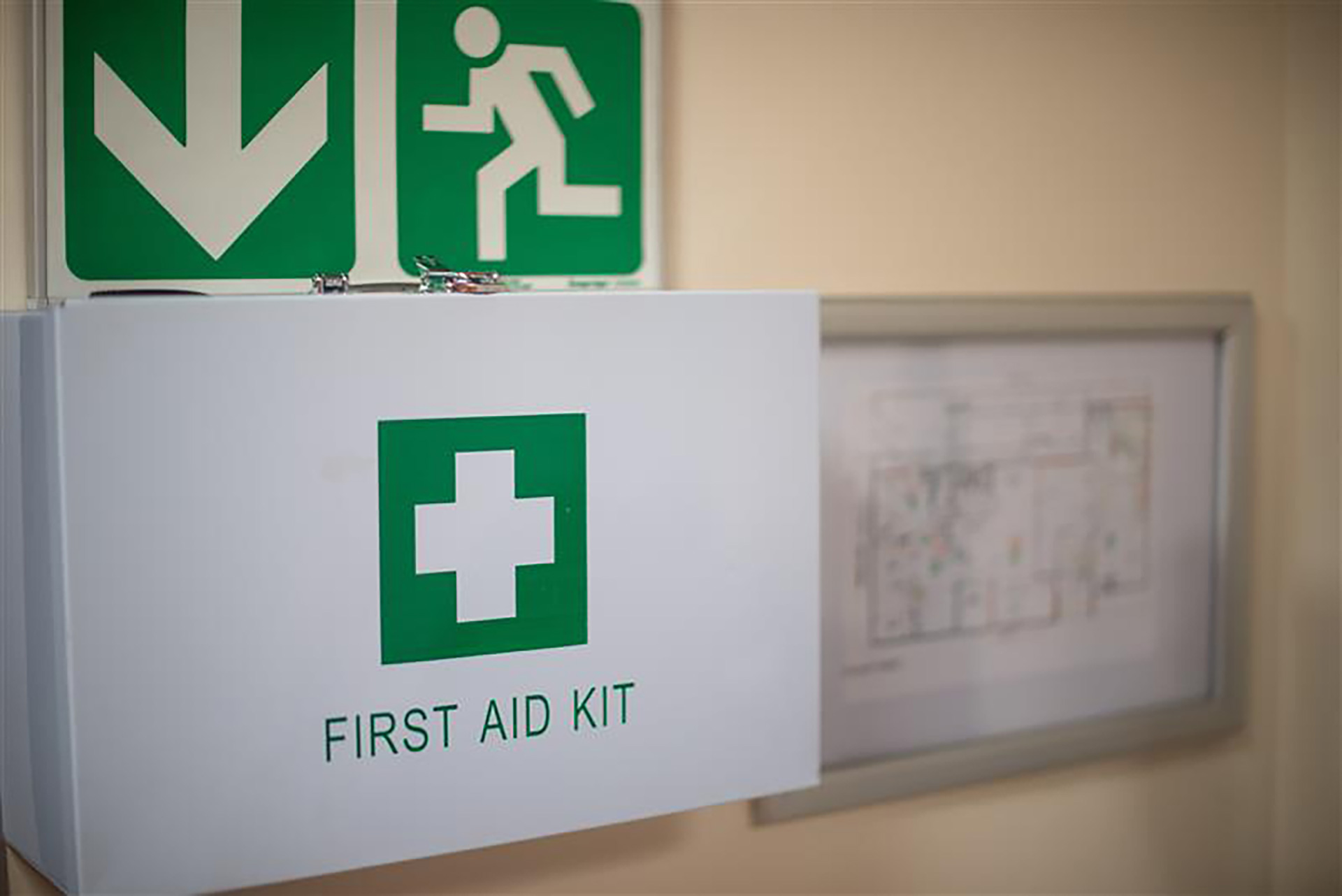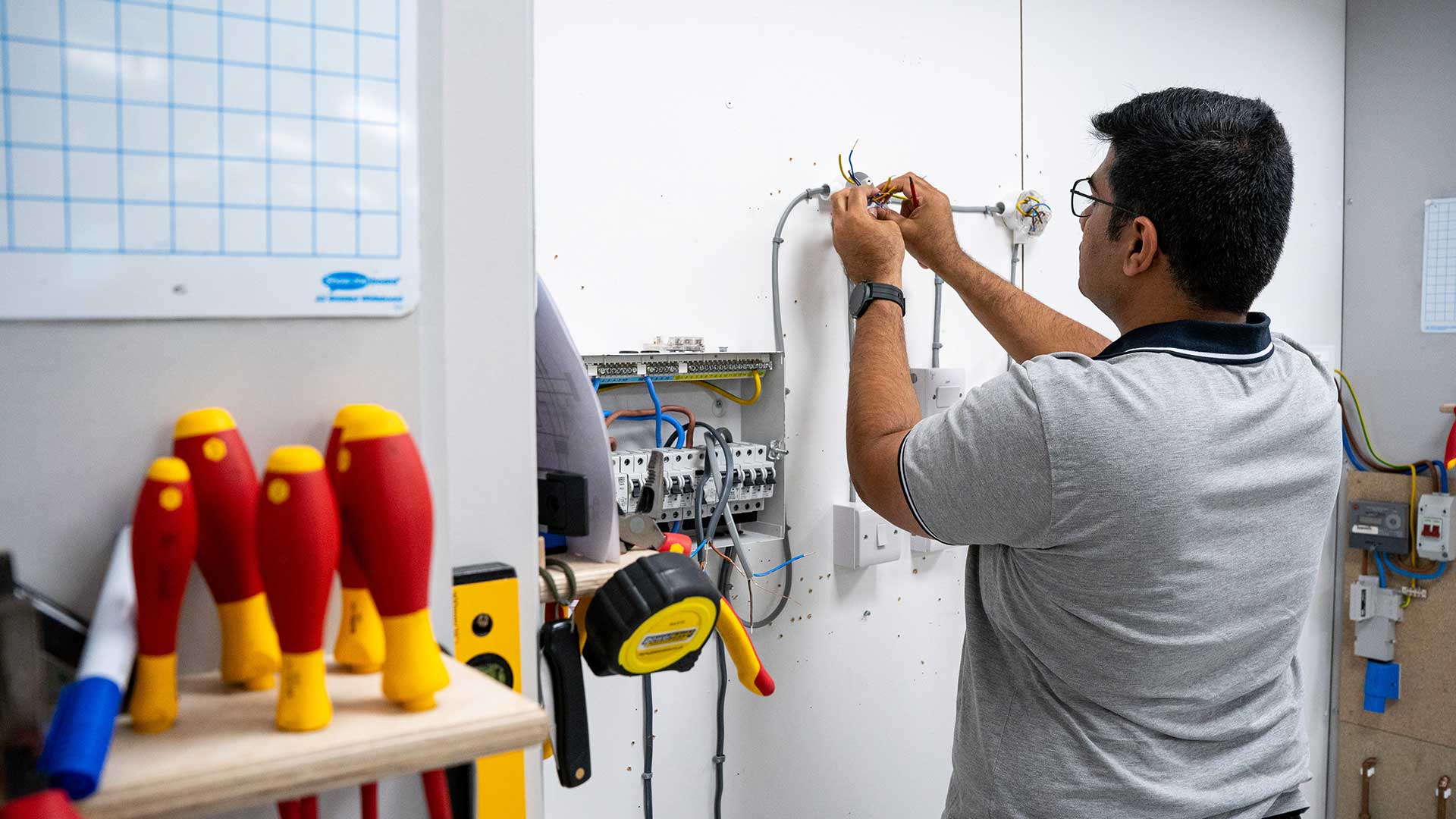If you’ve ever wondered whether colour blindness could affect your chances of Becoming an Electrician you’re not alone. It’s a common concern among aspiring electricians. In this article, we’ll explore what colour blindness means for your career prospects, what the Joint Industry Board (JIB) says, and how you can prepare.
Can You Become an Electrician if You Are Colour Blind?
What Is Colour Blindness?
Colour blindness (or colour vision deficiency) affects how people perceive colours. The most common type is red-green colour blindness, but there are several variations, each affecting vision differently. In the UK, it’s surprisingly common — and it can impact tasks that rely on distinguishing wire colours.
Industry Requirements: What Does the JIB Say?
The JIB requires all electrical apprentices to demonstrate normal colour vision, with specific acceptance criteria:
- A pass on the Ishihara test (no more than 2 errors on plates 2–17), or
- A pass on the CAD (Colour Assessment and Diagnosis) test (4 CAD units or better), or
- A CV3 classification as defined under UK CAA standards.
At City & Guilds Training – Electrical, we follow the above guidelines from the JIB. We will review each learner on a case-by-case basis to ensure the best outcome.
How to Check Your Colour Vision
Before enrolling in an electrical course, it’s wise to test your colour vision:
- Visit an optician for a professional test
- Try an online test as a quick check (note: screen settings can affect accuracy). These should only act as a preliminary check to see if you’re on the right path.
Can Apps Help?
There are apps designed to assist people with colour vision deficiencies. While helpful, they don’t replace the need to meet JIB standards. Think of them as tools for support, not certification.
Wire Colours: Then vs. Now
Understanding wire colours is crucial for electricians and the industry has evolved:
- Pre-1970s: Red, black, and green wires (challenging for red-green colour blindness)
- Post-2004: Brown (live), blue (neutral), and yellow-green (earth) — more accessible for those with colour vision issues
Older installations may still use outdated colour schemes, so extra caution is needed.
Training as a Colour-Blind Electrician
The electrical industry is becoming more inclusive, but meeting the JIB’s colour vision standards is essential. At City & Guilds Training, we assess each case individually and support learners in navigating any challenges.
Leaders in Electrician Training in the UK
For those looking to enhance their electrical skills or pursue certification as a UK electrician, City & Guilds Training – Electrical offers a diverse range of electrician training courses. Our comprehensive programs cover fundamental qualifications, electrical apprenticeships, and specialised skills. Contact our team today to learn more about the top electrician training programmes in the UK.



























